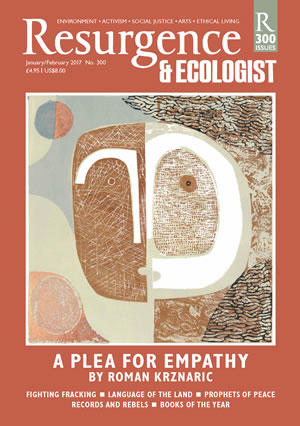Few scientists have the gift of being able to write about their specialist subject as clearly and entertainingly as Peter Wadhams. He uses this skill to tell the devastating story of how the ice in the Arctic is disappearing and the terrible consequences that will have for humankind.
But then he steps up a gear and rips into the scientific and political establishment for their complacency in the face of these facts. No one is spared: four former British prime ministers (Major, Blair, Brown and Cameron), the UK Meteorological Office, the Intergovernmental Panel on Climate Change (IPCC) – all get their share of flack.
What makes this so remarkable is that it comes from a world-renowned expert who is the UK’s most experienced ice scientist. Wadhams was Director of the Scott Polar Institute in Cambridge from 1987 to 1992, and Professor of Ocean Physics at Cambridge from 1992 to 2015. He has been on more than 40 expeditions to the polar regions, including six trips to the North Pole under the ice in nuclear-powered submarines.
Wadhams’ book explains the importance of ice to the stability of the climate. There are exciting descriptions of his expeditions, and explanations of how the ice sheets form at both poles and the differences between them. In clear language we learn about past ice ages and what caused them and how the current decline of the Arctic ice began.
It is then that the alarm bells start ringing. When the winter ice and the spring snow melt early, the Arctic begins to heat up at an alarming rate, a process that is already well documented. It is here that Wadhams begins to fall out with a great deal of the scientific establishment. He thinks that the danger this represents is here and now, and not some more distant threat.
Perhaps two key points illustrate this. The first is the date when the North Pole becomes ice-free in summer. Wadhams predicts it will be before 2020, while the Meteorological Office says it will be 2050 at the earliest.
The second is sea level rise. The IPCC has failed to take into account any ice loss from Greenland or the Antarctic and so has greatly underestimated the risk of flooding in coastal cities and inundation of deltas, Wadhams argues. He believes the rise will be more than a metre this century, far more than governments are expecting and building their defences to withstand.
But perhaps the most frightening aspect is the threat of runaway atmospheric warming caused by the release of methane in the shallow Arctic seas. Plumes of methane have been witnessed and measured by scientists in the field but this danger has been omitted from reports to governments, Wadhams says. Again he quarrels with the scientists who sit behind computers making predictions, and sides with those colleagues who go out in the field and witness and measure what is happening.
The entertainment comes because Wadhams pulls no punches. He says that Cambridge University’s policy of making professors retire at the age of 67 means he is free to vent his “rage and frustration” on the establishment. This book is not a parting shot, however: Wadhams continues his research at the University of Ancona in Italy, supported by the European Union.
Altogether the book reaches daunting scientific conclusions about the speed with which we are heading to disaster. There is discussion about how the Paris Agreement, reached in December 2015, will be nowhere near enough to save the planet, even if there are no net carbon emissions after 2050. Geo-engineering projects, including reflecting sunlight back into space, are reviewed and generally dismissed as only a sticking plaster on a serious wound. But despite this Wadhams has not given up hope. He believes that human ingenuity could yet come up with a method of extracting carbon dioxide from the atmosphere on a sufficiently large scale to slow down and eventually reverse global warming.
So this is a fascinating read just for the science, although frightening because of the possible consequences. But it is also full of surprising and entertaining broadsides at the establishment, and in the end still offers some hope. Great stuff.







